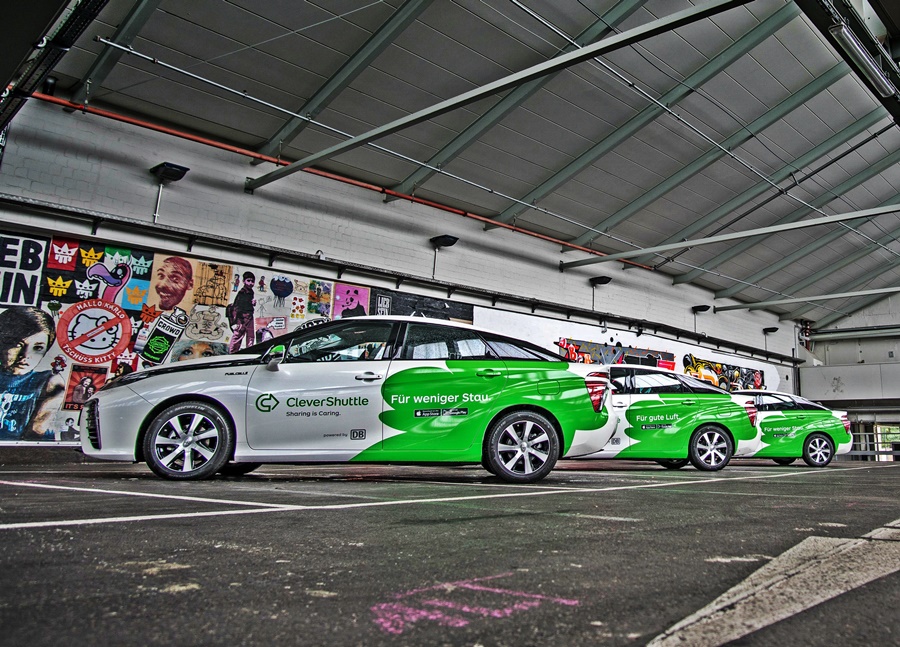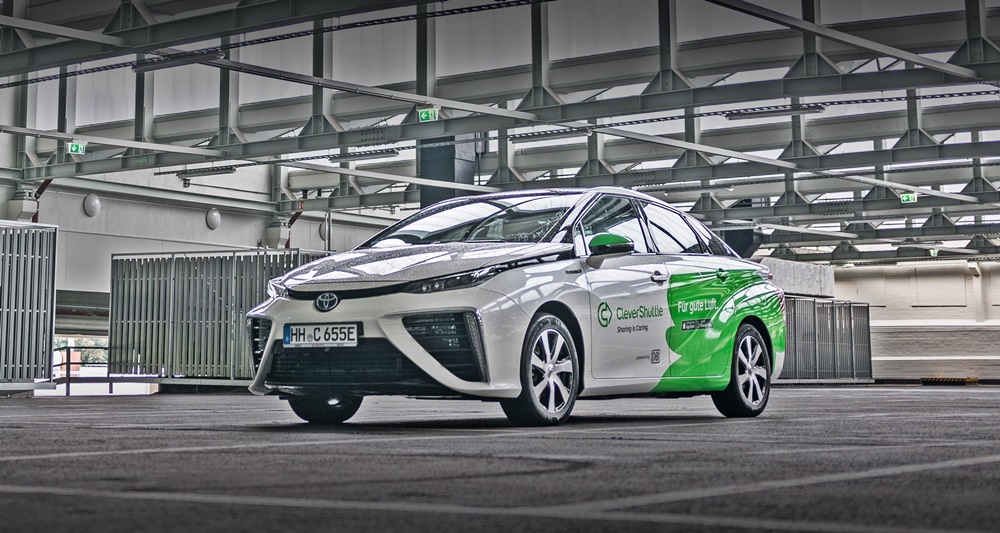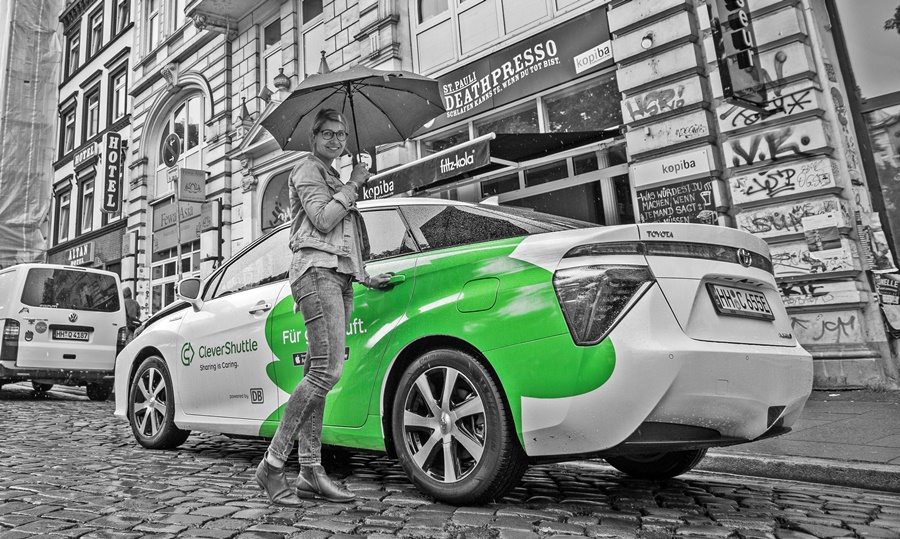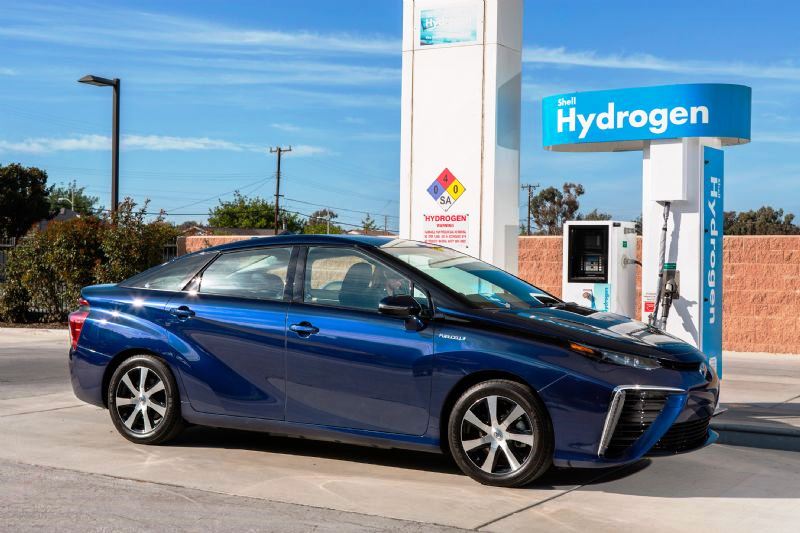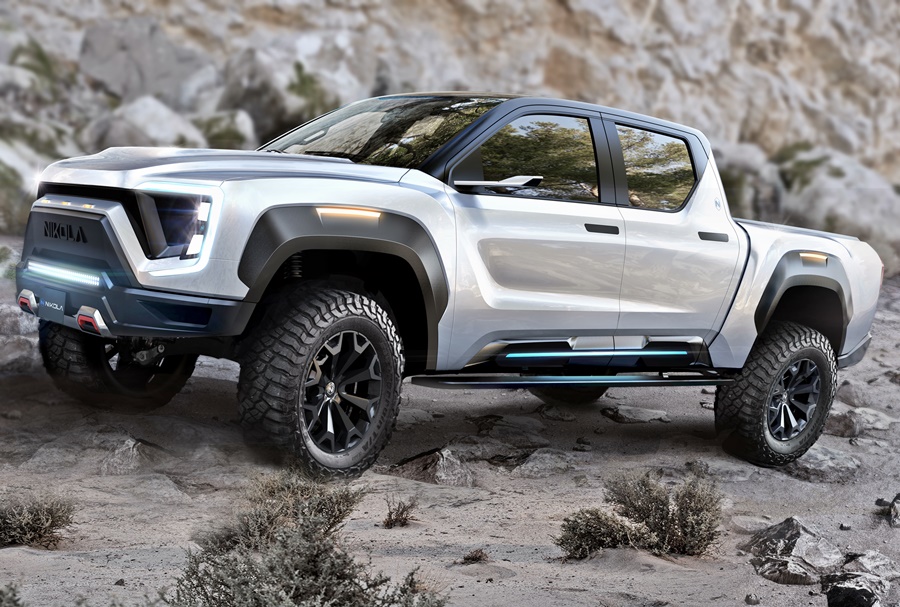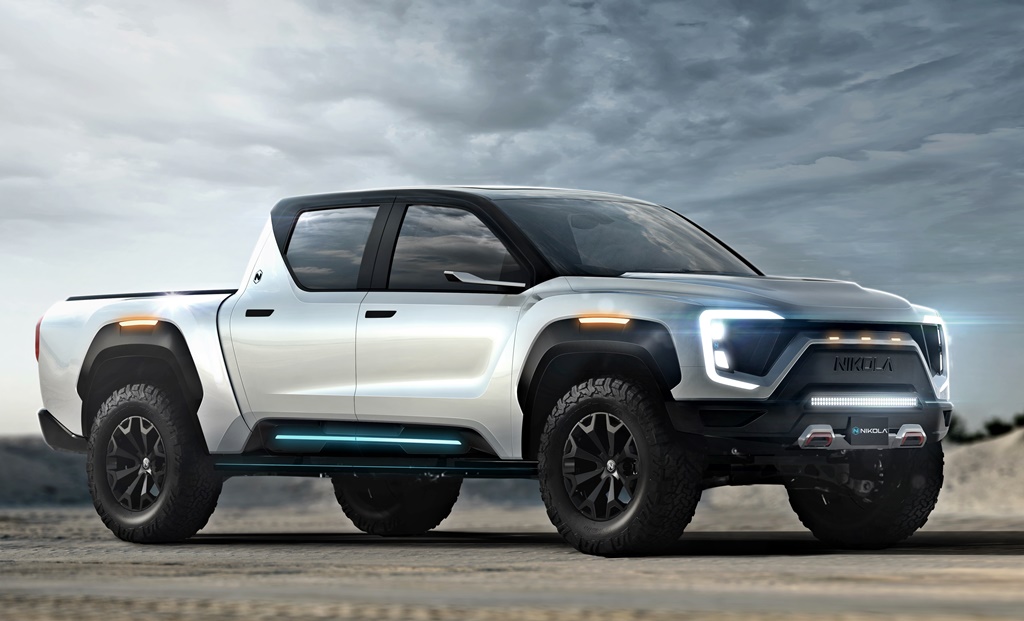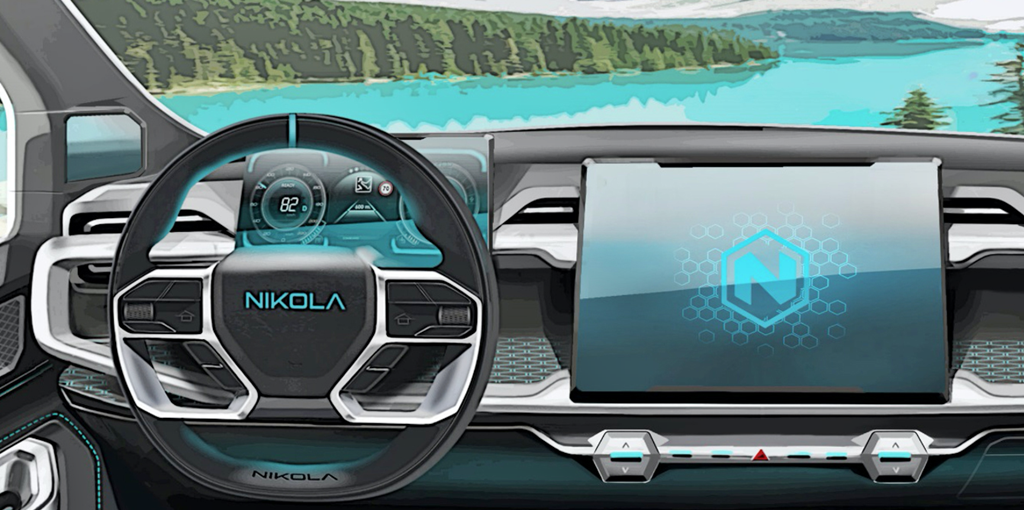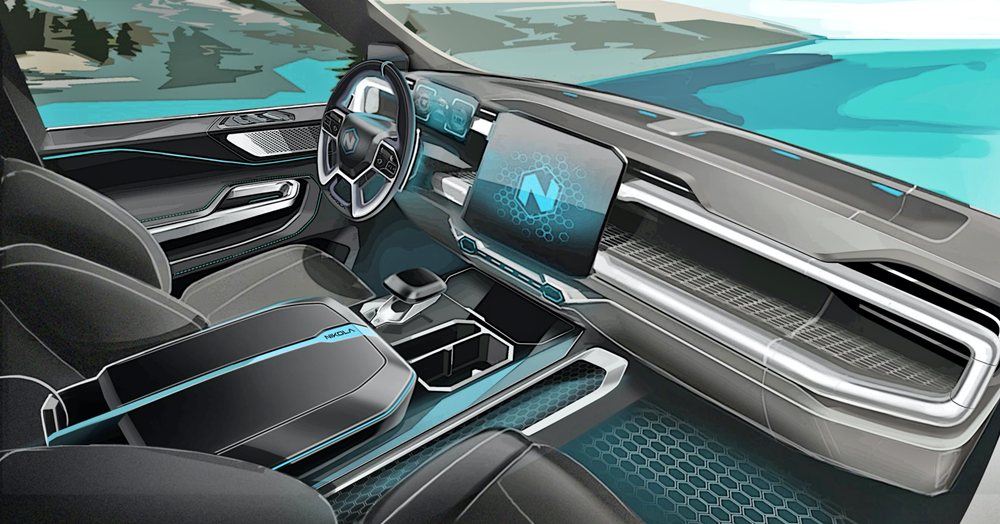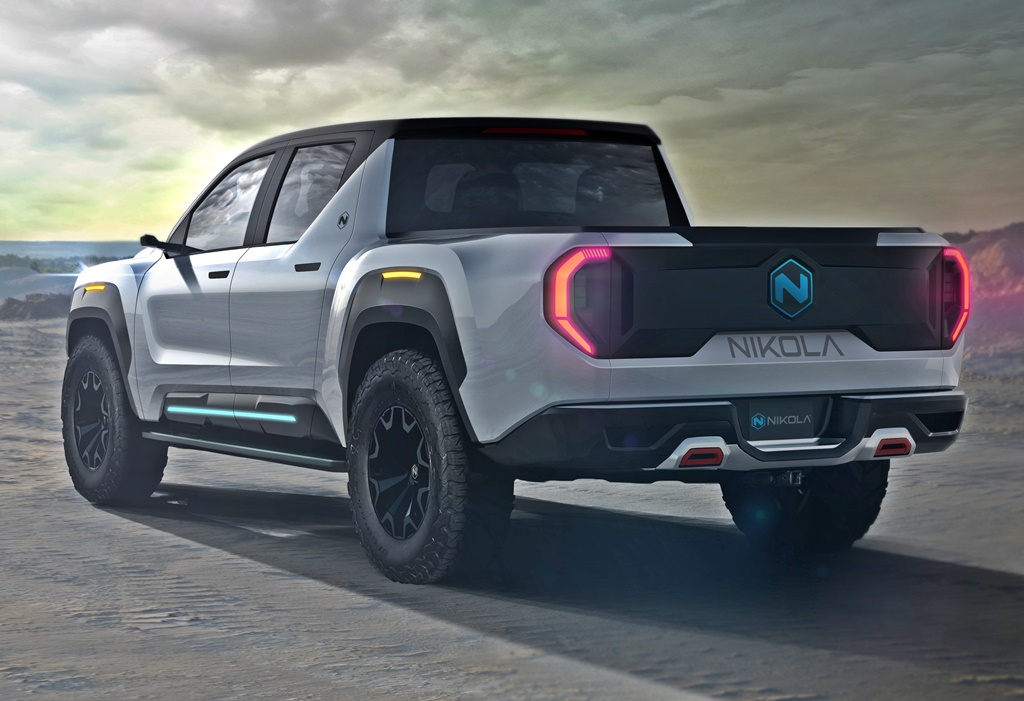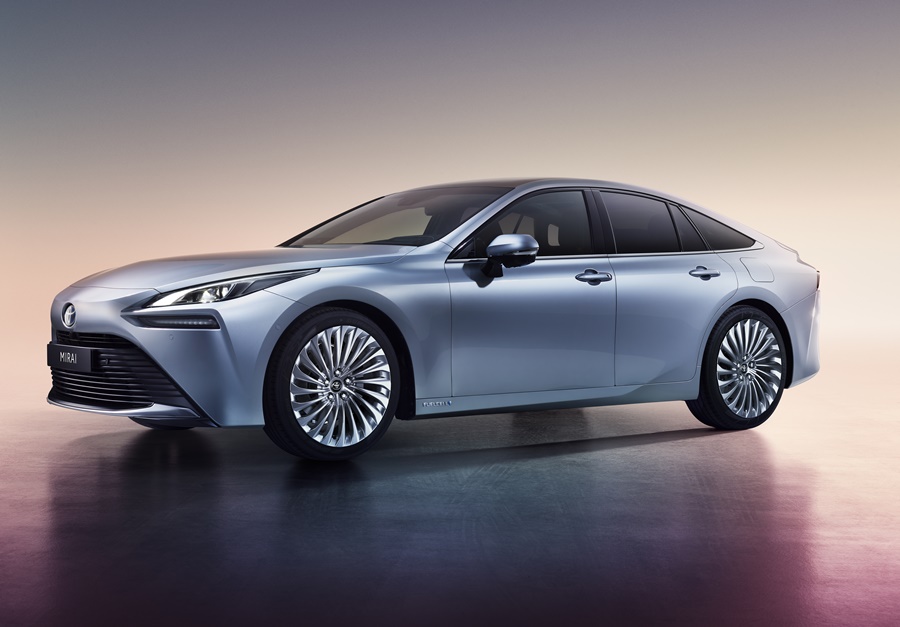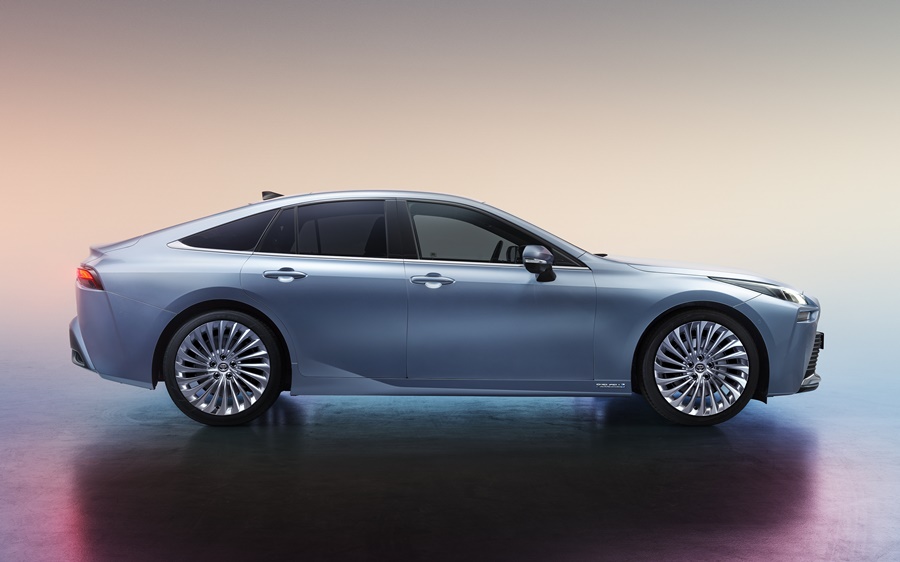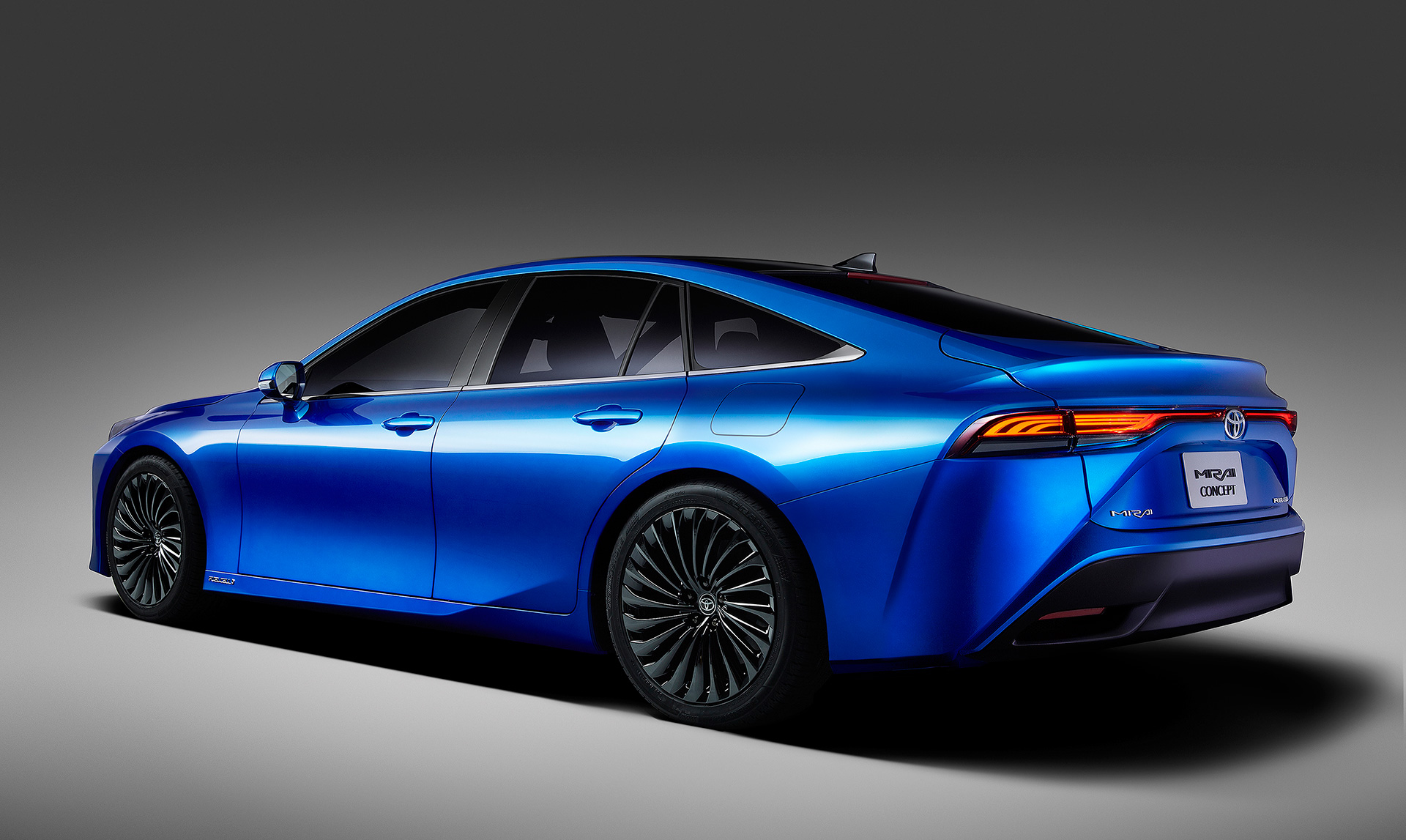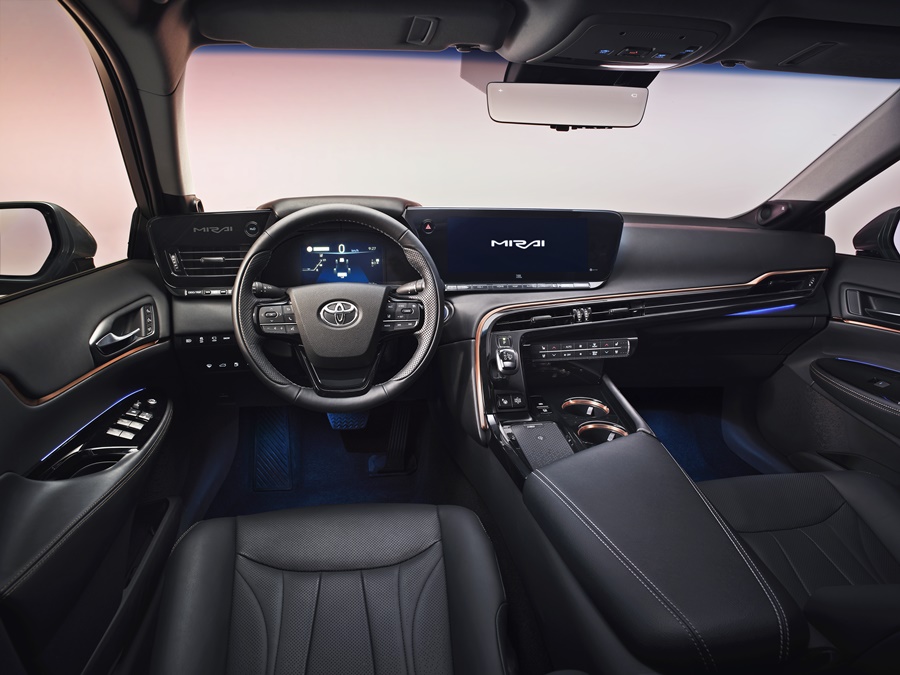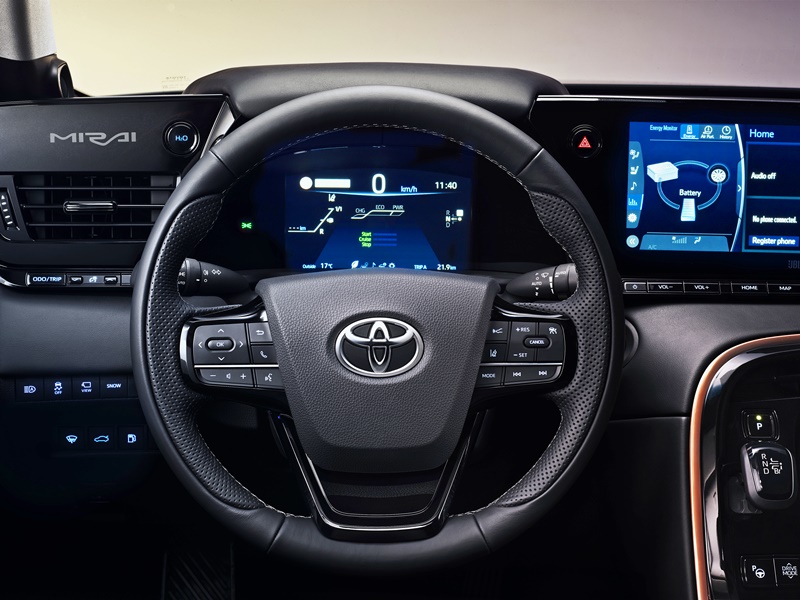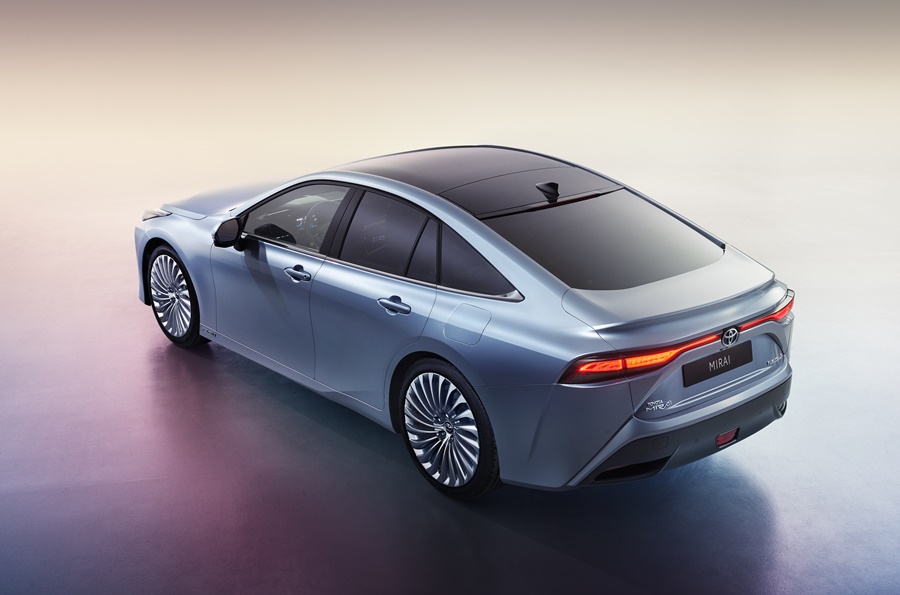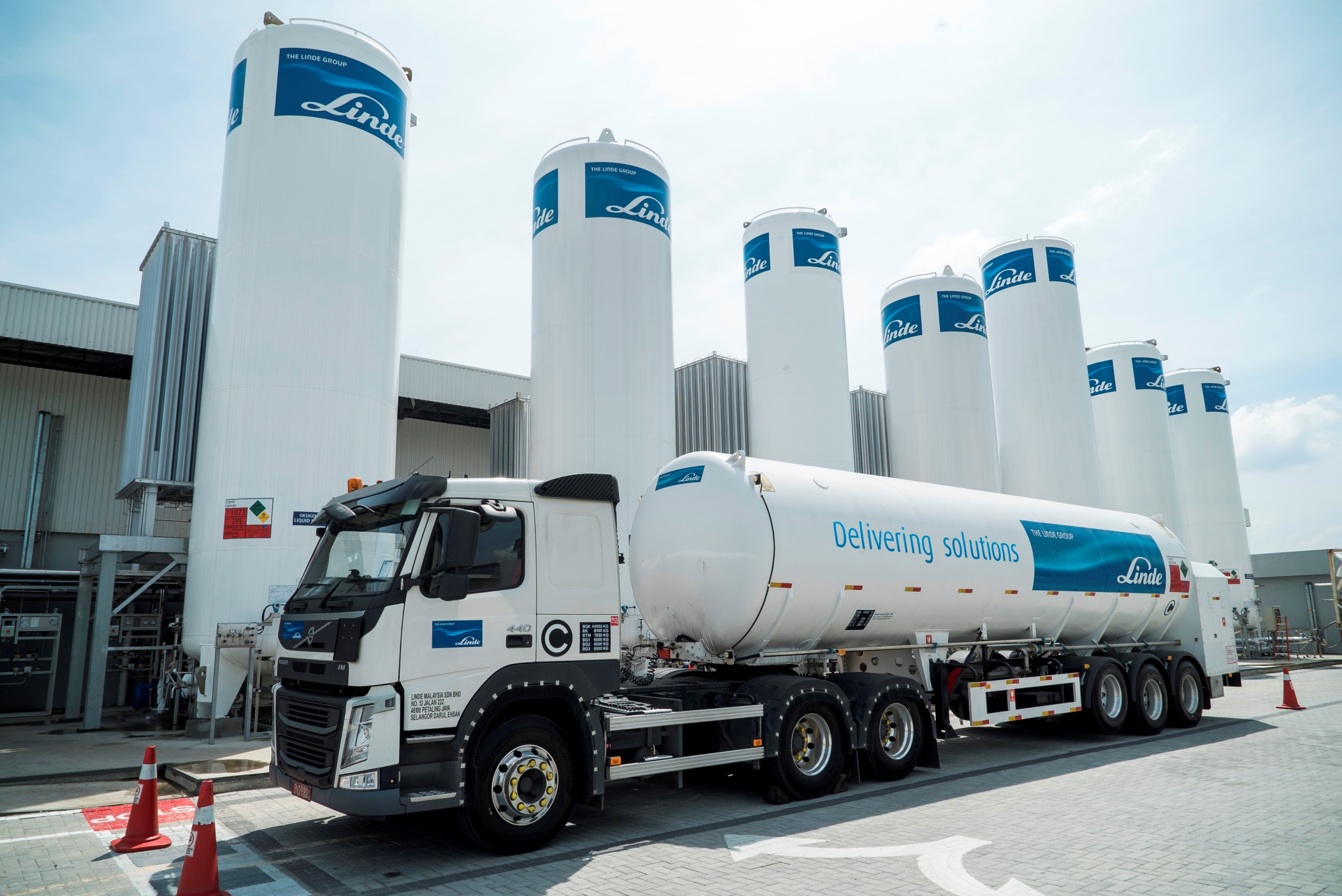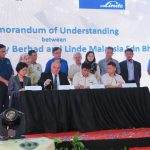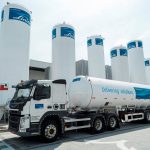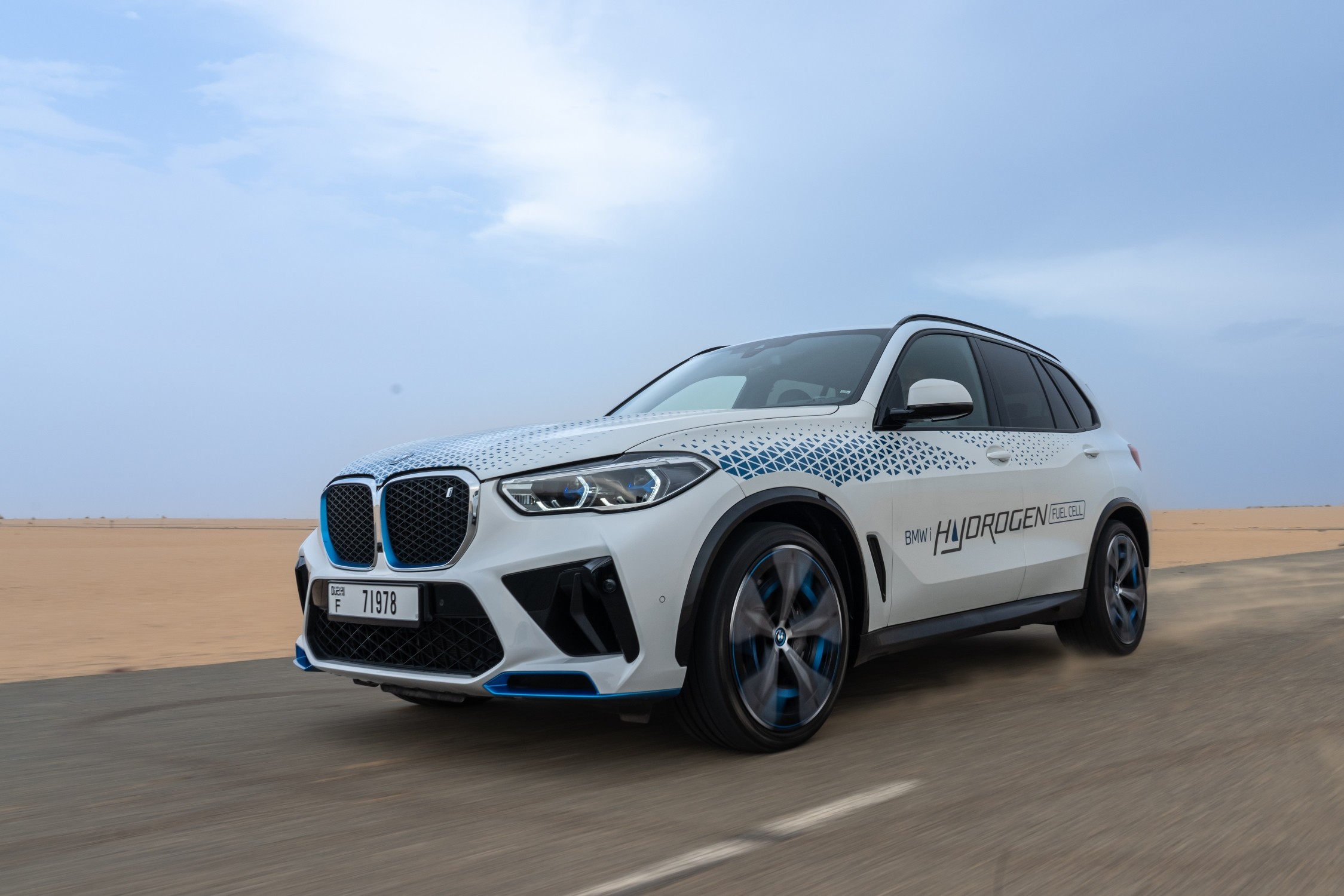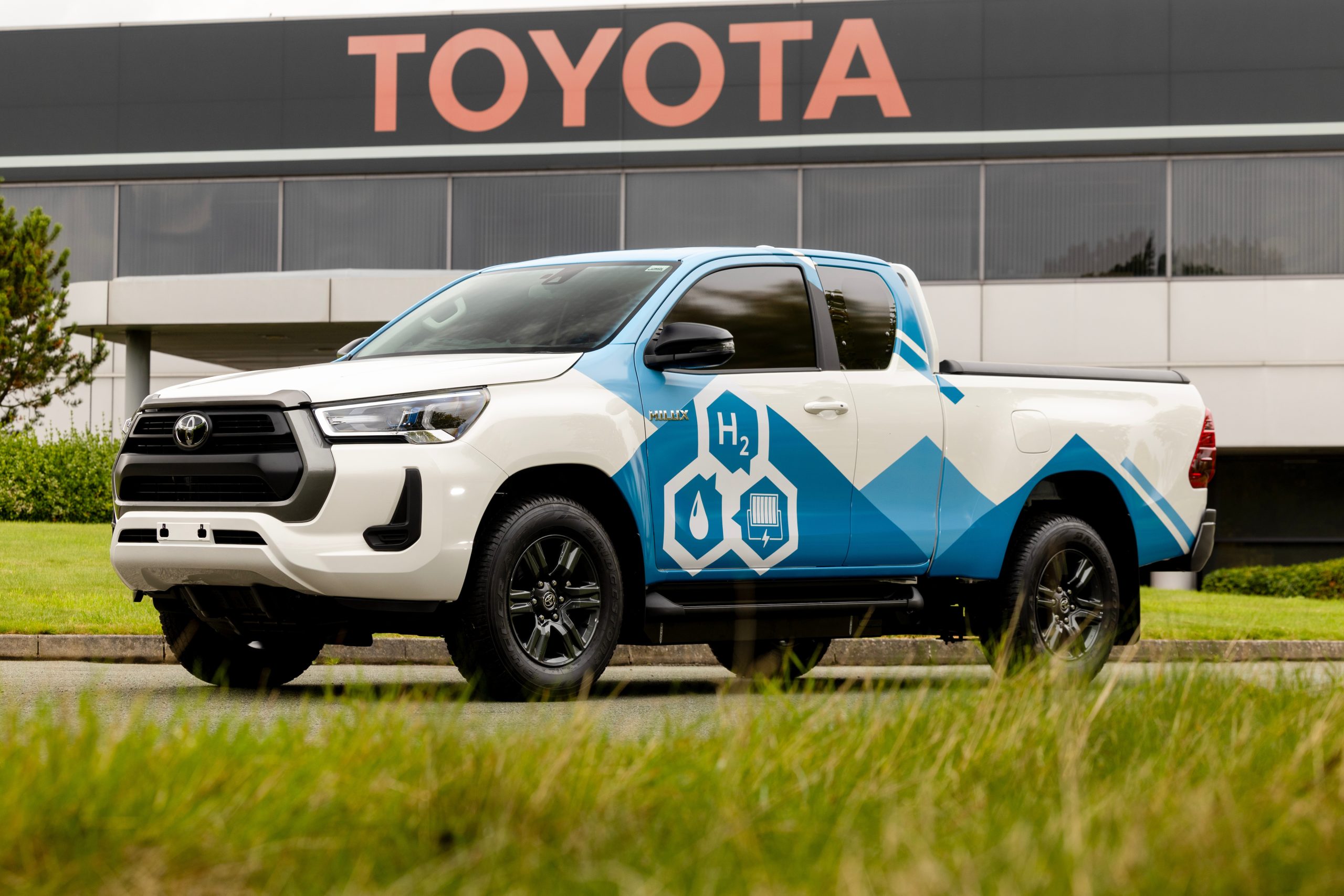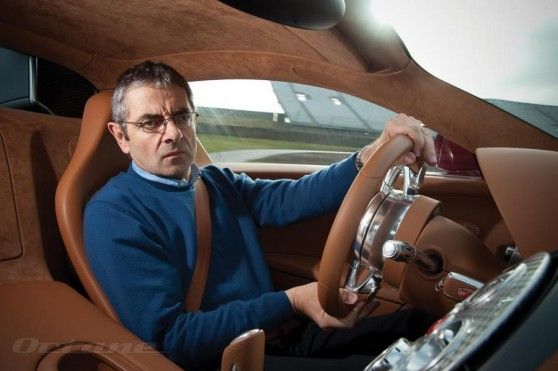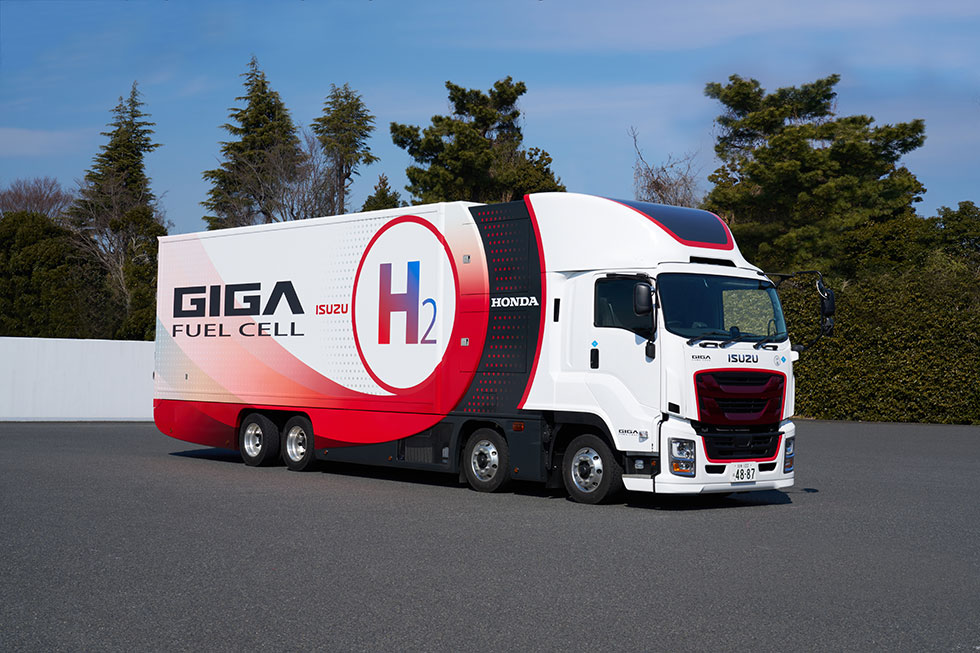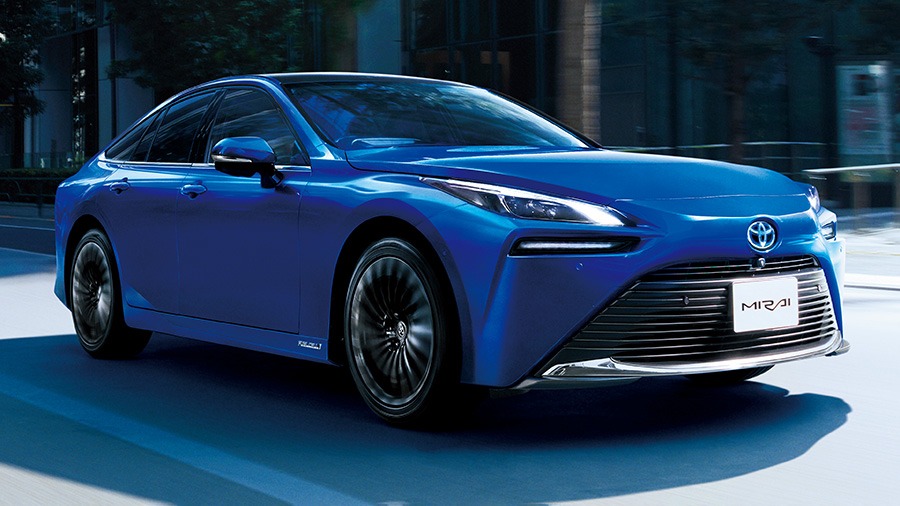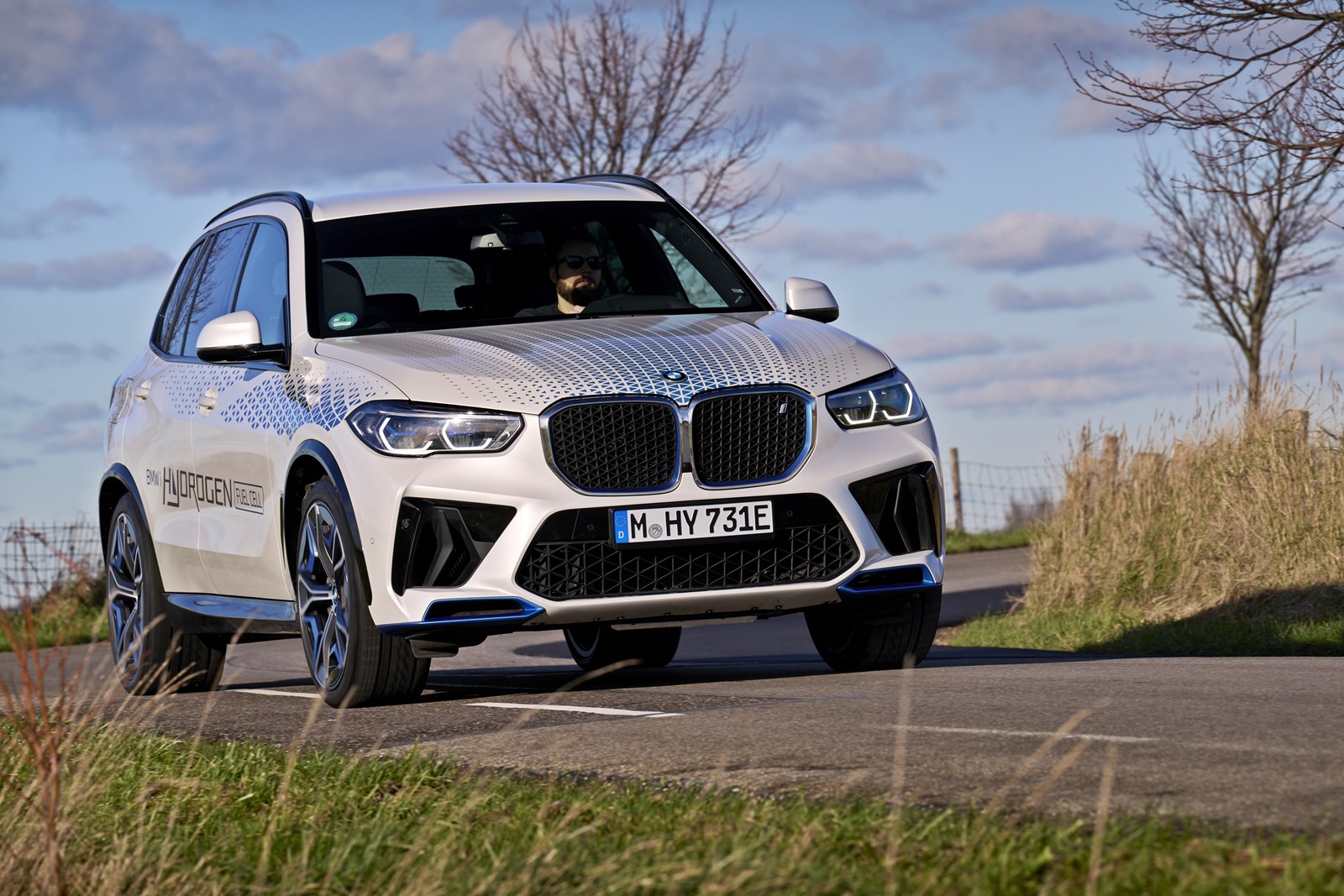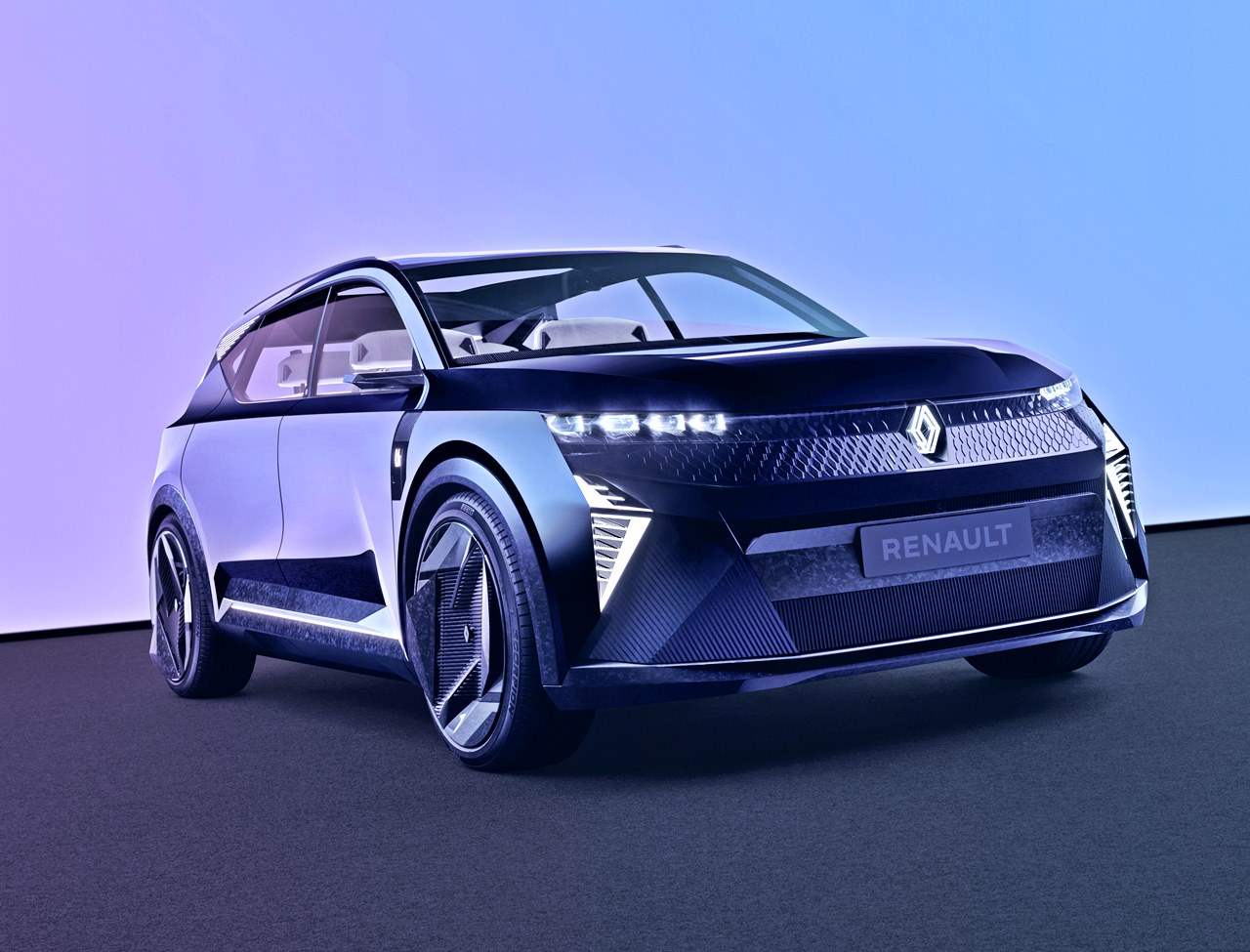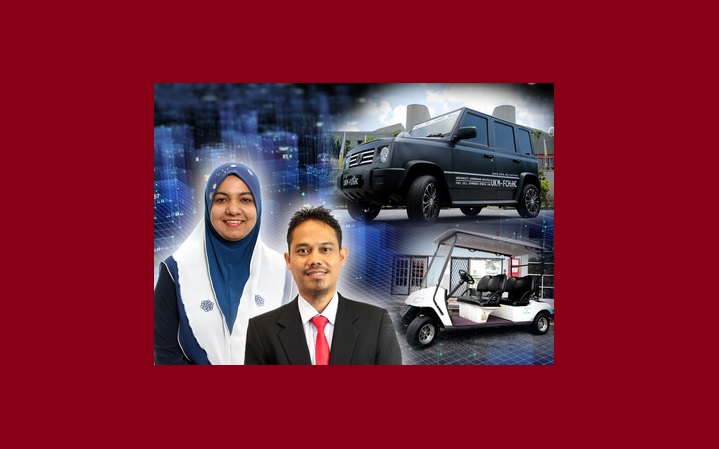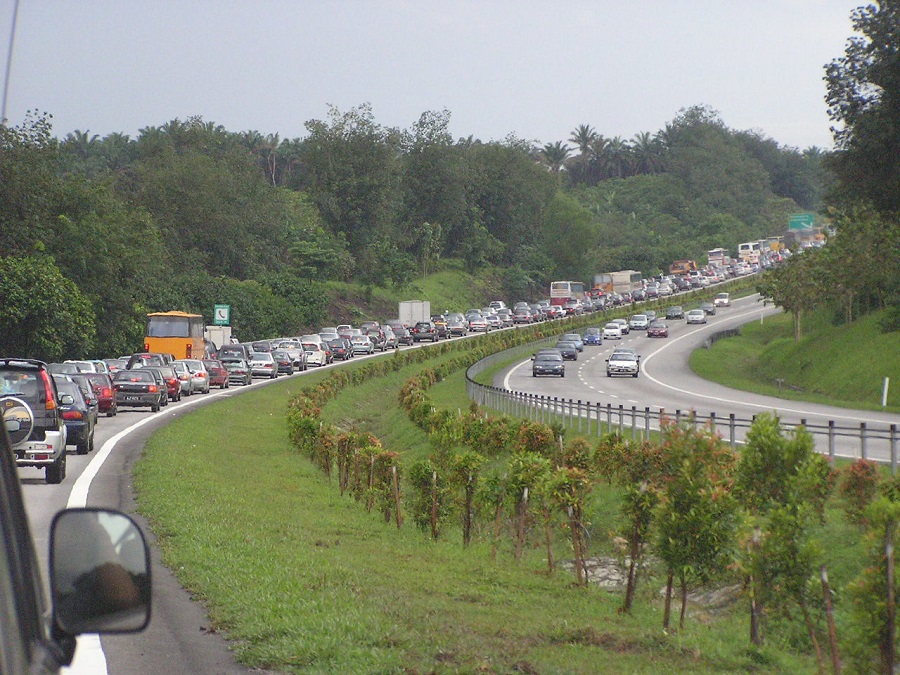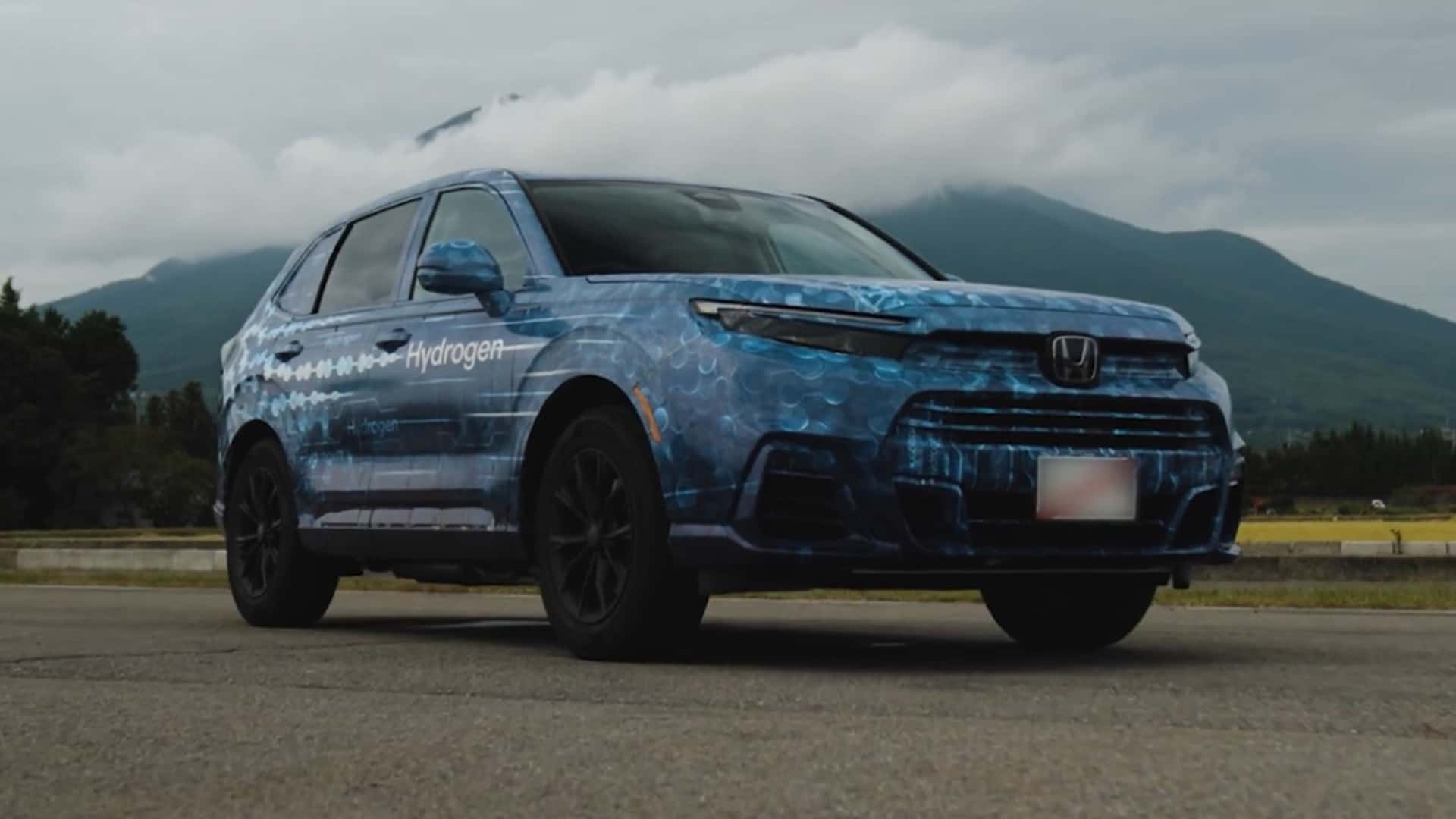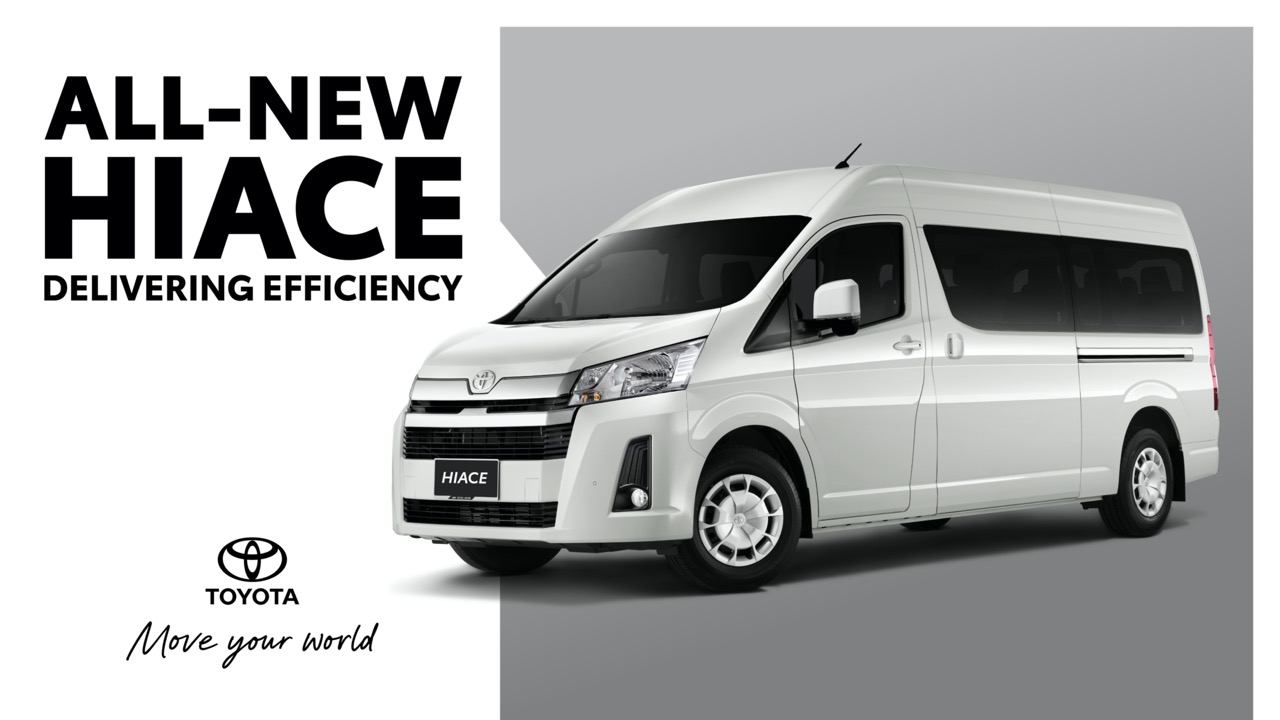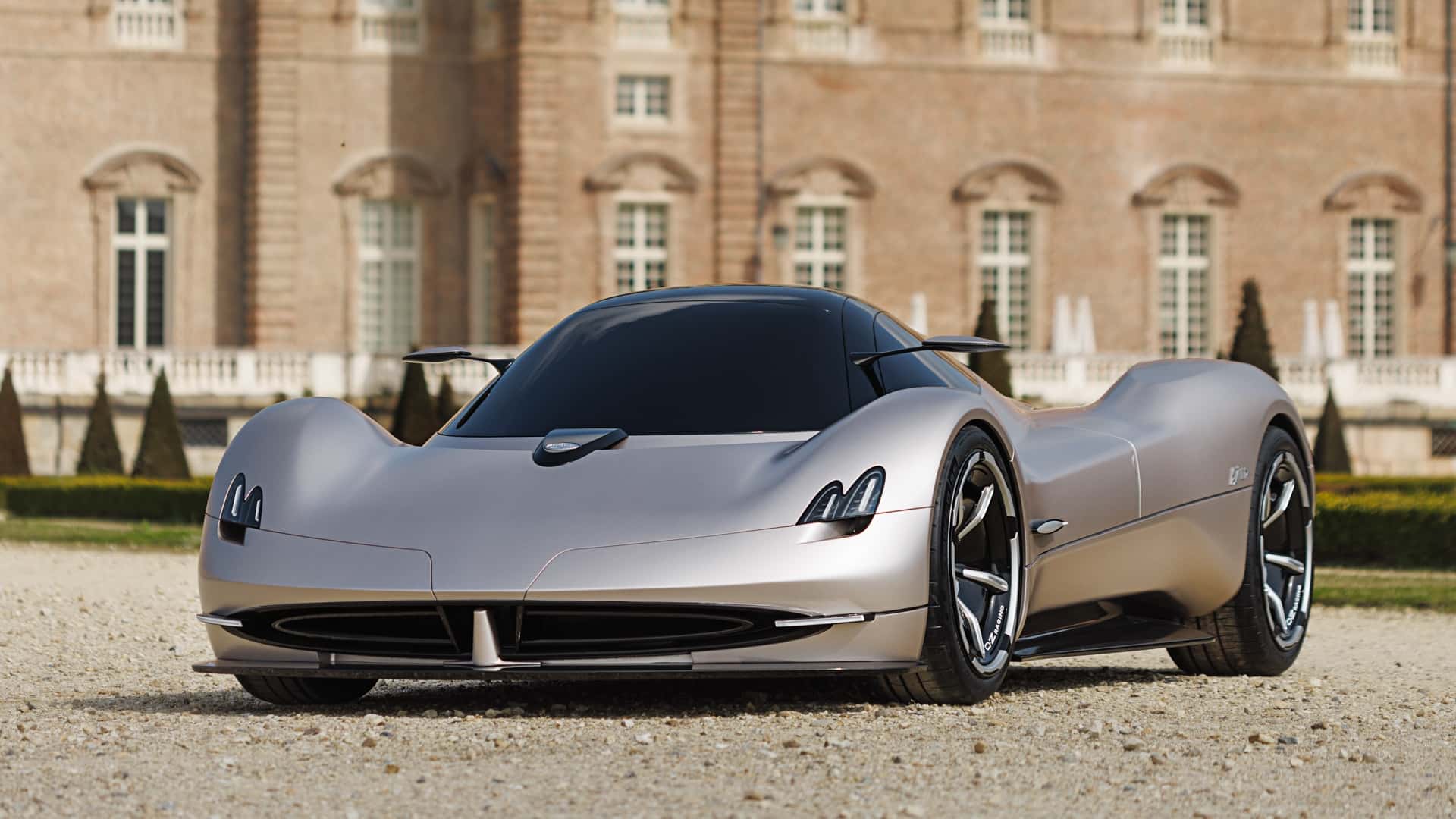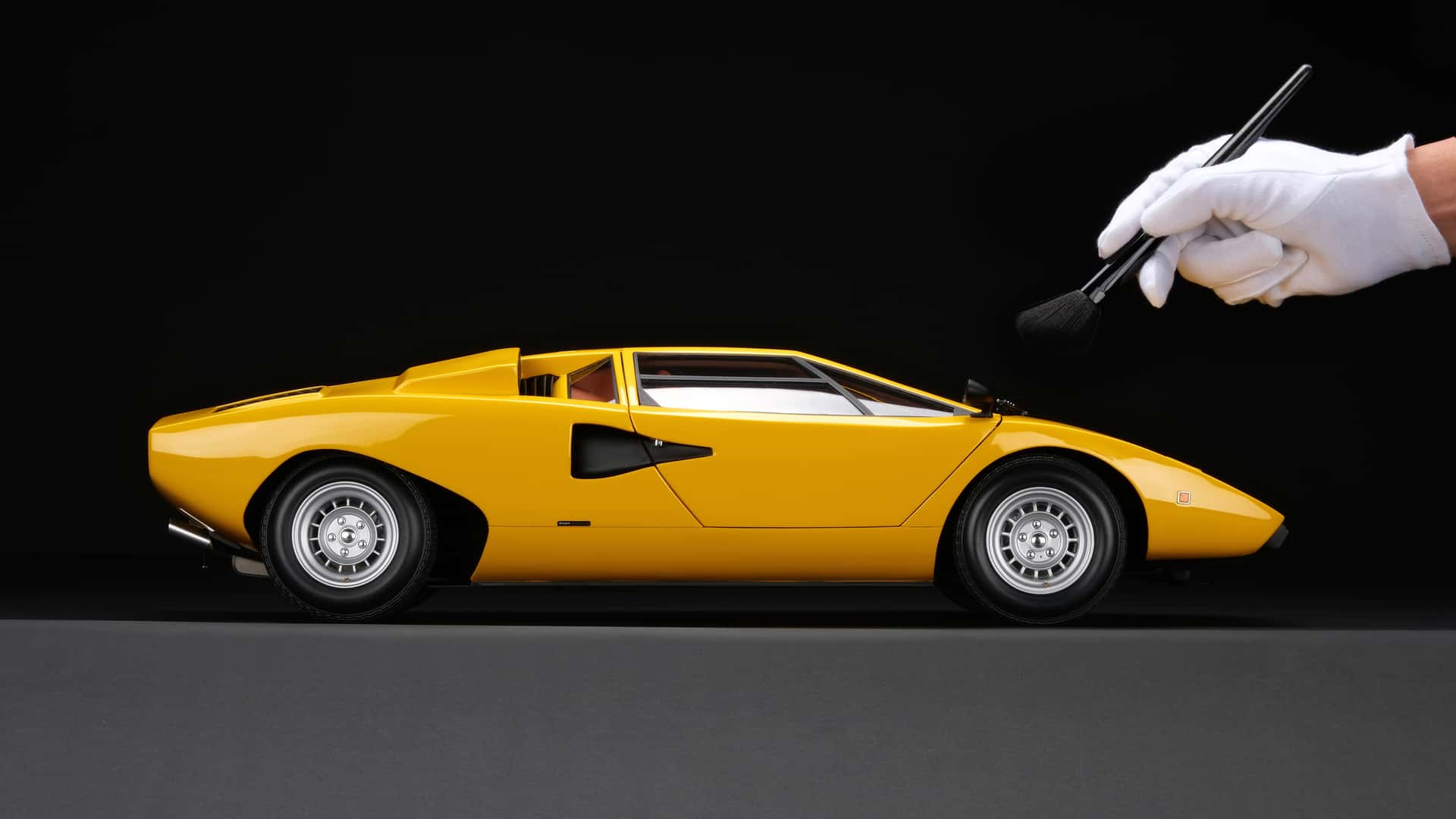As Toyota prepares to start production of the second generation of its Mirai fuel cell electric vehicle (FCEV), one of its customers in Europe has covered over 5 million kilometres with its Mirai fleet. CleverShuttle, a ride pooling service in Germany, has set a record of sorts for having the most used Mirai fleet in the world.
During the two and a half years that the company has been running the Mira, its cars have covered a distance equivalent to six and a half times the distance from Earth to the moon and back.
“Fuel cell electric vehicles such as Toyota Mirai became an important pillar for us, thanks to their reliability. They have allowed us to provide countless passengers with comfortable rides, emitting nothing but water vapour,” said Jan Hofmann, COO & CO-Founder of CleverShuttle
CleverShuttle acquired its first batch of Mirais in September 2017 with 20 units initially which were offered in Hamburg. The fleet was progressively expanded up to 45 cars which were distributed at several German locations.
Reliability a strong point
Throughout this period, no repairs or parts replacements were needed, apart from regular maintenance, according to Ferry M.M. Franz, Director of Toyota Motor Europe in Berlin. “The experience of driving 5 million kilometres shows that fuel cell vehicles are already perfectly suitable for everyday use. No technical defects whatsoever and the unrestricted performance of the fuel cell, with mileage up to 180,000 kilometres per car so far, demonstrate the maturity and durability of Toyota’s fuel cell system,” he said.
The Mirai was introduced in 2014 and has been available in Europe since 2015. It is available to both private and commercial customers. The 4-seater is emission-free, requiring only hydrogen which the fuel cell converts into electrical energy to power the motors.
The combined output of the electric motors is 113 kW (154 ps) and on a full tank of hydrogen, the Mirai can travel up to 500 kms. Unlike a battery pack which requires some time to recharge, refuelling the Mirai is said to take just under 3 minutes. Of course, hydrogen stations are limited at this time and it will be a while before a widespread network is established.
Technically sophisticated with its advanced technology, the Mirai has served as a catalyst for increasing global awareness of how a future clean and sustainable hydrogen society might be achieved. Just as the Prius hybrid has been progressively improved since it was launched in the late 1990s, the next Mirai will mark a new stage for FCEV technology. Improvements in fuel cell system performance and increased hydrogen storage capacity will extend its driving range.
Toyota Mirai Concept previews next generation of FCEV to be launched at the end of 2020


